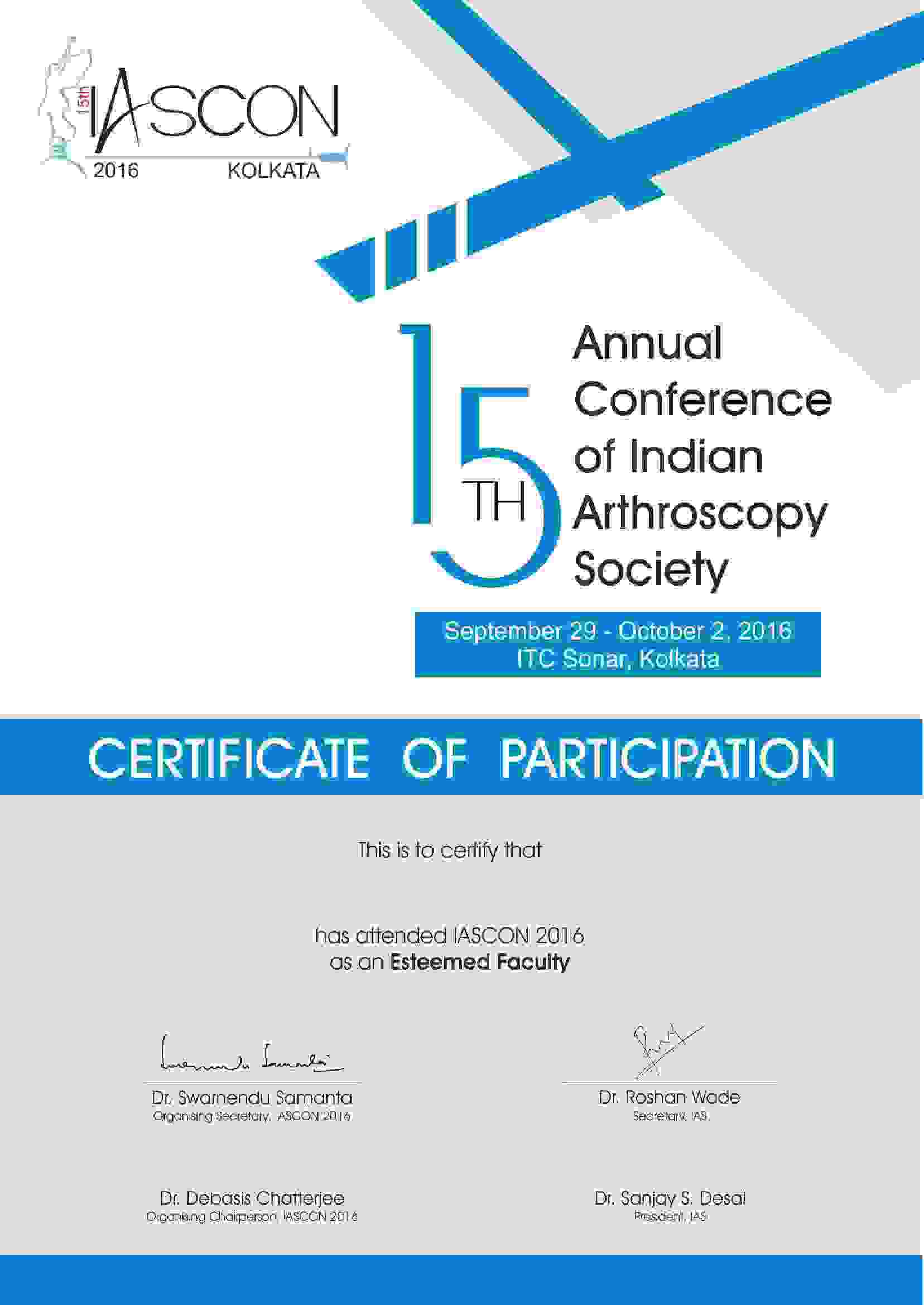Shoulder hemiarthroplasty refers to shoulder replacement in which an artificial joint is used to replace the broken humeral head and the fractured bone is effectively reconstructed around the artificial joint. Shoulder arthroplasty specially focuses on the treatment of painful ailments of the glenohumeral articulation. Broadly speaking, shoulder arthroplasty encompasses various surgeries such as Hemiarthroplasty, Total shoulder arthroplasty, and Reverse total shoulder replacement.
Shoulder hemiarthroplasty is recommended in severe conditions of shoulder osteoarthritis in which only the humeral head is damaged. Replacement of the damaged portion of the humerus will minimize the friction between bones, thus significantly relieving the pain. Although hemirathroplasty is a less-invasive surgery, the risks might include infection, nerve injury, dislocation of the shoulder, and persistent pain.
There are two types of hemiarthroplasties – Stemmed hemi arthroplasty and Resurfacing hemi arthroplasty. The surgeon will identify the type of procedure depending on the nature of the injury and the condition of the shoulder.
Resurfacing hemiarthroplasty
In Resurfacing hemiarthroplasty, the joint surface of the humeral head is replaced with a cap-like prosthesis without a stem. This surgical procedure offers those with shoulder arthritis an alternative to the standard stemmed shoulder replacement.
Resurfacing hemiarthroplasty may be an option if:
- The glenoid has an intact cartilage surface
- There has been no fracture of the humeral neck or head
- For preserving humeral bone
In the case of patients who are young and active, resurfacing hemiarthroplasty avoids the complications associated with conventional total shoulder replacements such as wearing away and loosening of components.











